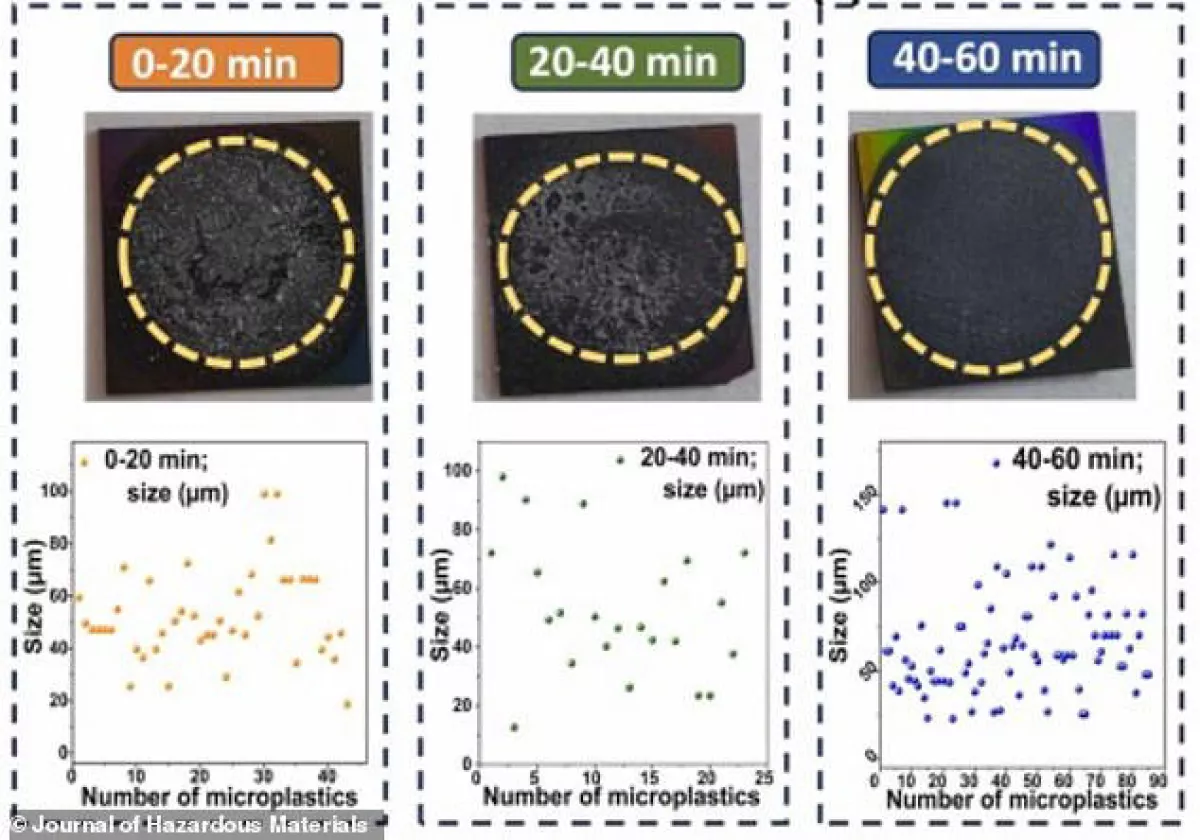Microplastics in chewing gum: The silent threat to human health Photo
Chewing gum, a beloved treat enjoyed by millions every day, could be hiding a dangerous secret. A new study by scientists at Queen's University Belfast reveals that this everyday indulgence releases a staggering amount of microplastics into our saliva—up to 250,000 particles within just an hour of chewing.
While microplastics are already known to pose significant risks to the environment, their long-term effects on human health are still largely unknown, leaving experts worried about potential links to cancer and reproductive health issues, Caliber.Az reports.
As concerns grow, this study sheds light on chewing gum as an overlooked yet significant source of plastic exposure, urging consumers to reconsider their daily habit.
A recent study by Queen's University Belfast has brought the potential health risks of chewing gum into the spotlight. Using a cutting-edge technique known as 'automated Raman spectroscopy,' scientists discovered that within just one hour of chewing, as many as 250,000 microplastic particles are released into the saliva. This revelation has led to increased concerns about the presence of microplastics in the human body and their possible long-term effects, which remain unclear.

Dr. Cuong Cao, an author of the study, emphasised the importance of this research in highlighting a previously overlooked source of microplastic exposure. "Our findings underscore the importance of raising awareness and identifying chewing gum as a significant, unrecognised source of plastic contamination," he said.
Chewing gum itself is made from a base of synthetic and natural polymers, some of which—such as polyethylene and polyvinyl acetate—are essentially plastics. These ingredients, though harmless in appearance, contribute to the release of microplastics during the act of chewing.
While brands like Wrigley's maintain that these materials are safe for consumption, experts like David Jones from the University of Portsmouth caution that chemicals like styrene-butadiene (found in car tyres) and polyethylene (used in plastic bags) may pose health risks.
In the study, a middle-aged male volunteer chewed gum for one hour, with saliva samples taken every two minutes. The results showed that more than 250,000 microplastic particles were released, most of which were expelled in the first 20 minutes.
Despite the volume of microplastics involved, scientists are still unsure of their potential impact on human health. As Professor Michael Richardson and Dr. Meiru Wang from Leiden University point out, "We know nothing about the effects—if any—of such large particles in the human body."
The potential health risks associated with microplastics are concerning. Recent studies have suggested links between microplastics and early-onset cancer, with research showing that cancer cells in the gut spread more quickly after exposure to plastic particles. Additionally, scientists have raised alarms about the impact of microplastics on reproductive health, citing studies that found plastic particles in men's sperm.
While some commentators argue that the risks of microplastics may be overstated, the growing body of evidence and studies pointing to possible dangers can't be ignored. As scientists continue to explore the effects of plastic contamination on human health, the question remains: Are we unknowingly jeopardising our health with every chew?
By Aghakazim Guliyev








